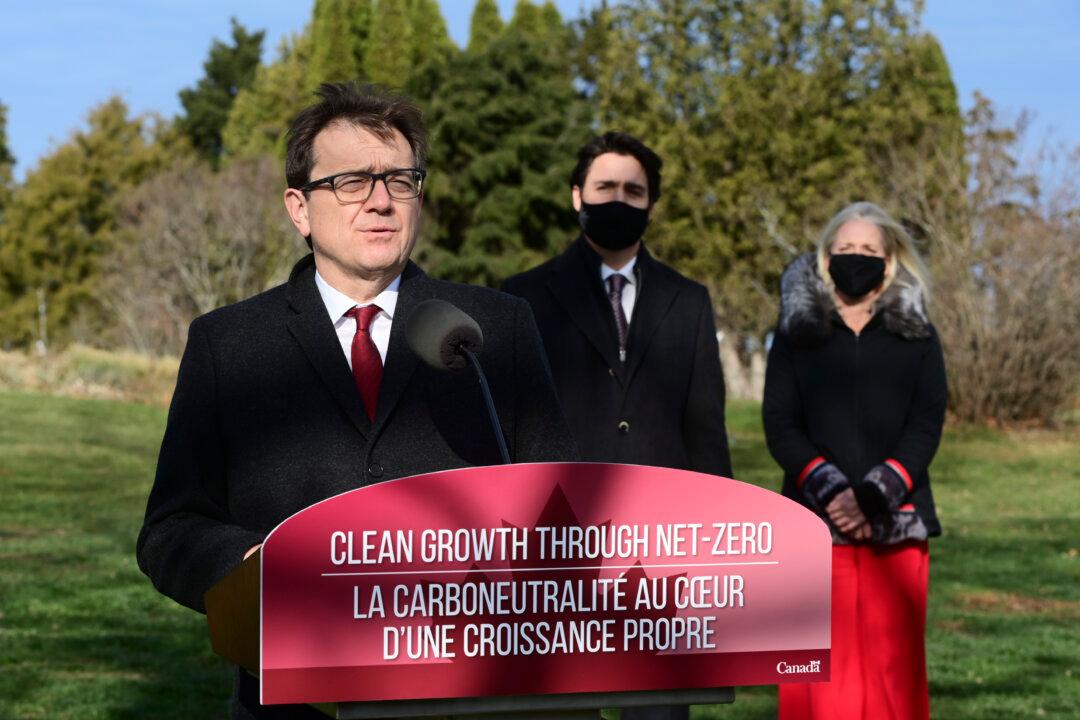The feds’ latest weapon in their war against carbon emissions is the clean fuel standard (CFS). However, considerable concern is being raised about its implementation, cost, and synchronization with other climate change policies, which if not handled well might deal a heavy blow to the Canadian economy.
The CFS’s track record for emissions reduction has been shown to be dubious. However, its biggest benefit might end up being its incentivizing clean energy innovation, with California as a possible guide.
Some are calling the CFS a second carbon tax, though it is not transparent to consumers like the actual carbon tax. Others point to the differences between the CFS and the carbon tax and view them as complementary policies to achieve a similar objective.
With the CFS, the feds’ goal is to reduce carbon emissions during the entire life cycle from production to consumption. With the carbon tax, their aim is to compel the user to consume less fuel by making it more expensive.
“They do different things,” said Jackie Forrest, executive director, ARC Energy Research Institute, on ARC Energy’s Dec. 8 Ideas Podcast.
The Canada West Foundation (CWF), in December report “A Citizen’s Guide to the Clean Fuel Standard,” likens the CFS to low-fat cheese on pizza to imply a healthier, low-carb diet.
“The carbon tax makes the pizza more expensive so we will buy less of it. The CFS turns it into a low-fat pizza, so that even if we eat the same amount, we have consumed fewer calories,” it said.
The feds published proposed regulations for the CFS on Dec. 18 for a 75-day comment period, shortly after the announced hike in the carbon tax.
“There’s a lot to digest … a lot of education that needs to be done … what this all means,” said Peter Tertzakian, deputy director of the ARC Energy Research Institute, on the podcast. “It’s not just an oil and gas thing; this is going to permeate across the economy.”
Former Liberal MP Dan McTeague, president of Canadians for Affordable Energy, tweeted that the total carbon taxes on gasoline, including the 13 percent HST, would be 56 cents per litre.
“This second carbon tax will be especially cruel for Canadians who heat their homes with oil,” McTeague wrote in a Dec. 18 blog post, adding that Prime Minister Justin Trudeau is trying to achieve “unrealistic and unachievable Paris Agreement commitments.”
A Bold Step Into the Unknown
The CWF’s report warns that the CFS could “accidentally put Canada out of business.” Canada will be the first jurisdiction to extend this type of policy beyond transportation and into fuels for industrial uses and for commercial or residential heating.
Saskatchewan’s Energy and Resources Minister Bronwyn Eyre previously told News Optimist, in September, that the CFS will have a “huge economic crippling impact” if it goes through. She estimated that it will cost Canadians about $15 billion to $20 billion a year in higher gas prices both for home heating and at the pump.
In addition, the CWF notes that there is little indication the feds are coordinating with the provinces to achieve some harmonization of regulations.
“EITE [energy-intensive, trade-exposed] industry commentators have stated that the compound result is multiple layers of cost and regulation on the same set of emissions, which they don’t see as fair,” according to the CWF report.
The Canadian Association of Petroleum Producers said in a statement that it is “analyzing [the] announcement in detail to fully understand its implications for the oil and natural gas industry,” while adding that it will continue to work with the government on maintaining its industry’s environmental leadership, providing good jobs, and driving economic recovery.
It also noted the “positive decision by government to limit the application of the Clean Fuel Standard to liquid fuels in response to concerns raised by Canadians as well as the business community.”





